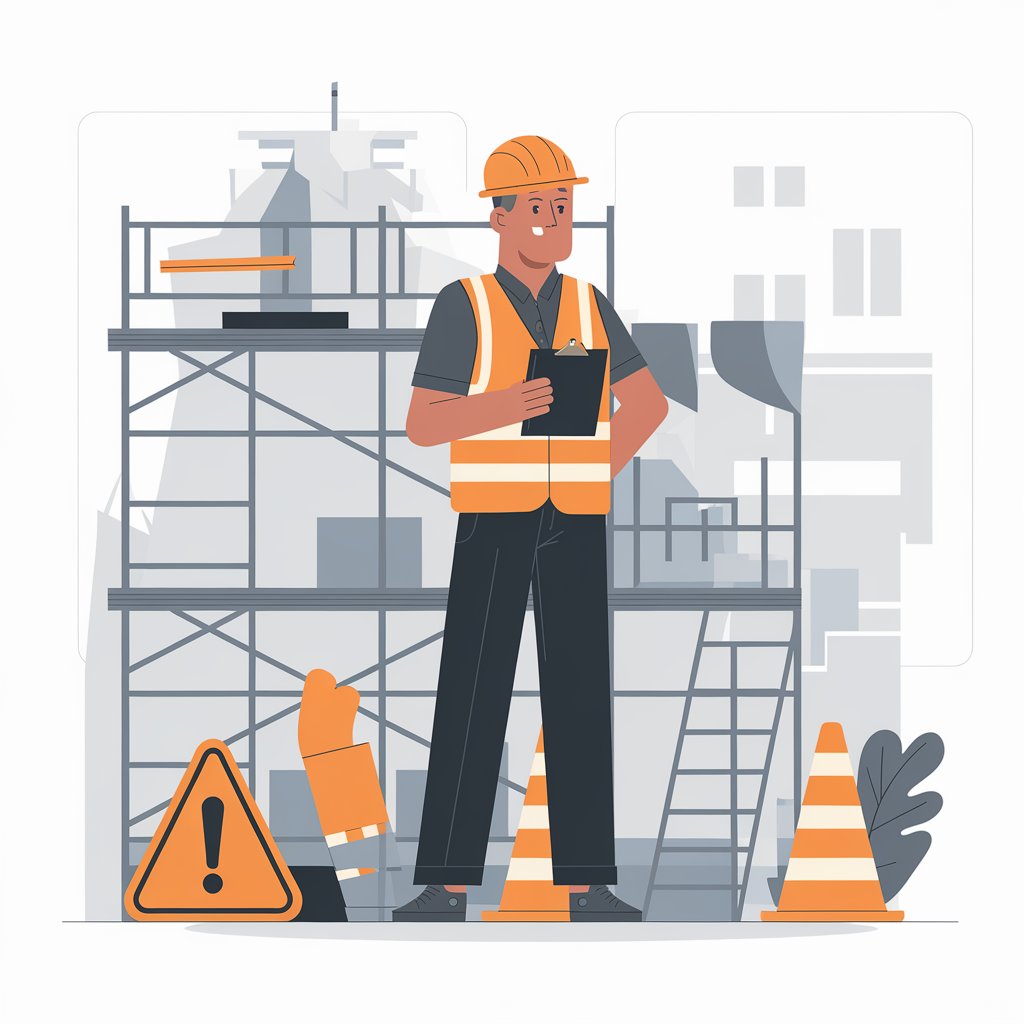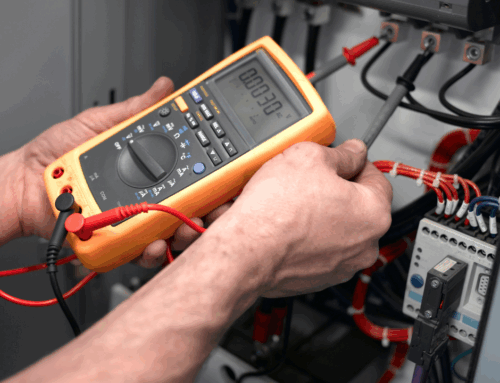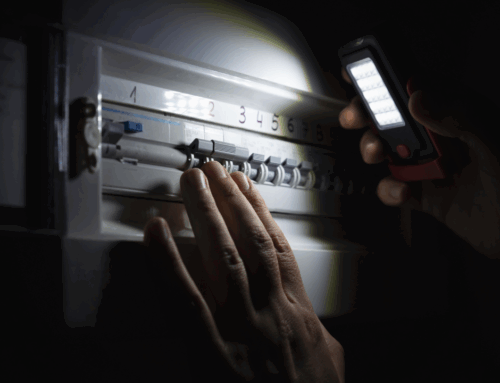Maintaining a strong safety culture is vital for the well-being of employees and the overall success of the organisation. Conducting safety audits is an effective way to assess workplace safety standards and identify areas for improvement. However, the true value of safety audits goes beyond compliance; they can serve as a foundation for cultivating a proactive safety culture. This article explores how to utilise safety audit findings to enhance workplace culture, with a particular focus on electrical safety.
1. Analyse the Findings Thoroughly
The first step in using safety audit findings to improve workplace culture is to analyse the results comprehensively. Gather your team to discuss the key findings, focusing on areas that require attention, such as electrical hazards, compliance with regulations, and employee behaviours. Encourage open dialogue about the implications of these findings and how they relate to the workplace culture.
By engaging employees in the discussion, you foster a sense of ownership and accountability for safety practices. This collaborative approach can encourage team members to voice their concerns and contribute ideas for improvement.
2. Develop Actionable Recommendations
Once you have analysed the audit findings, the next step is to create actionable recommendations based on those results. Identify specific actions that can be taken to address the issues highlighted in the audit, particularly concerning electrical safety. For example, if the audit reveals outdated wiring or insufficient circuit protection, prioritise upgrading these systems to mitigate risks.
Developing a clear plan with timelines, responsibilities, and resources needed will help ensure that these recommendations are not just words on paper. Share this action plan with all employees, emphasising the importance of their involvement in implementing these changes.
3. Provide Training and Resources
One of the most effective ways to improve workplace culture is by investing in employee training and resources. Use the insights gained from the safety audit to develop targeted training programmes that address identified issues, particularly those related to electrical safety.
For example, if employees need more knowledge about electrical hazards or safe handling practices, consider organising workshops or training sessions led by qualified professionals. Providing employees with the necessary tools and information empowers them to make safer choices and reinforces a culture of safety within the organisation.
4. Encourage Reporting and Feedback
Creating a culture that values safety requires open communication and transparency. Encourage employees to report safety concerns and near misses without fear of repercussions. Implement a system for anonymous reporting, allowing employees to share their observations regarding electrical hazards or unsafe practices.
Regularly solicit feedback from employees on the effectiveness of safety initiatives. This continuous feedback loop demonstrates that management values employee input and is committed to making improvements based on their experiences. It also fosters a sense of community and collective responsibility for safety.
5. Celebrate Successes and Milestones
Recognising and celebrating safety achievements can significantly enhance workplace culture. When improvements are made based on safety audit findings, acknowledge these successes in team meetings or company newsletters. Celebrating milestones, such as achieving a certain number of days without accidents or successfully implementing a new safety protocol, reinforces the importance of safety and encourages continued commitment.
This recognition can motivate employees to actively participate in maintaining a safe work environment, knowing that their efforts contribute to the overall safety culture of the organisation.
6. Review and Revise Regularly
Safety culture is not static; it evolves over time. Therefore, it is essential to continuously review and revise safety practices based on ongoing audits and employee feedback. Make safety audits a regular part of your business strategy, using them to track progress and adapt as necessary.
Conducting follow-up audits after implementing changes allows you to measure the effectiveness of your initiatives and identify any new areas for improvement. This iterative process ensures that safety remains a priority and that the workplace culture continually reflects this commitment.
Utilising safety audit findings to improve workplace culture is a powerful strategy for creating a safer and more engaged workforce. By analysing findings, developing actionable recommendations, providing training, encouraging feedback, celebrating successes, and regularly reviewing practices, businesses can foster a culture that prioritises safety at all levels. Ultimately, a strong safety culture not only protects employees but also enhances overall productivity and morale, contributing to the long-term success of the organisation.







Leave A Comment